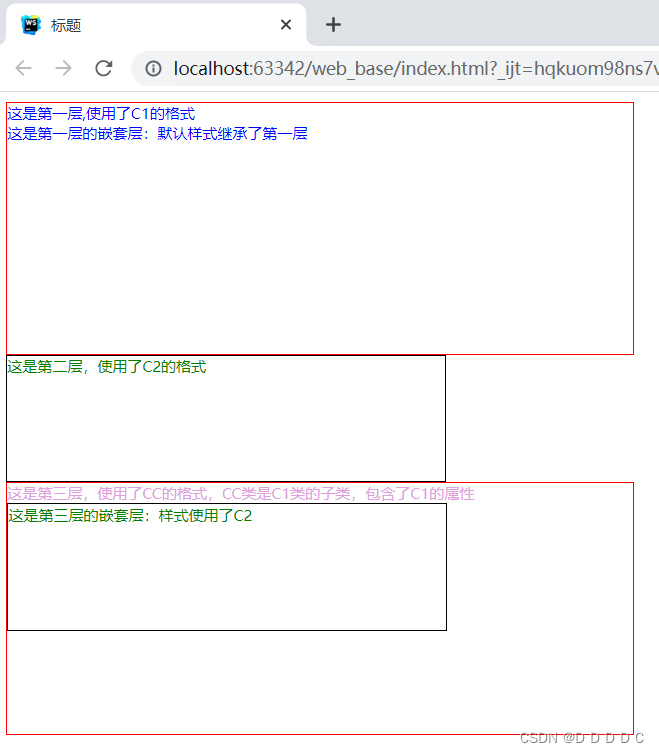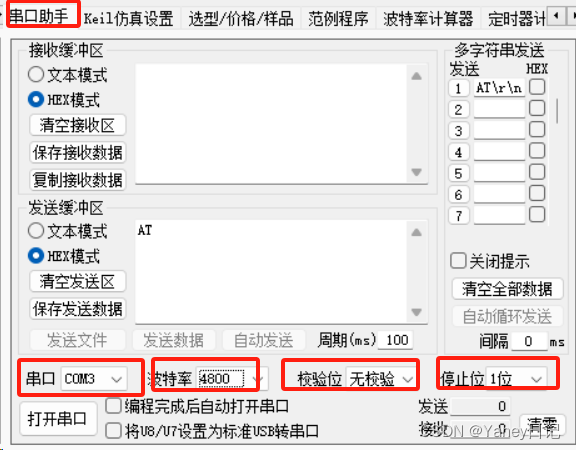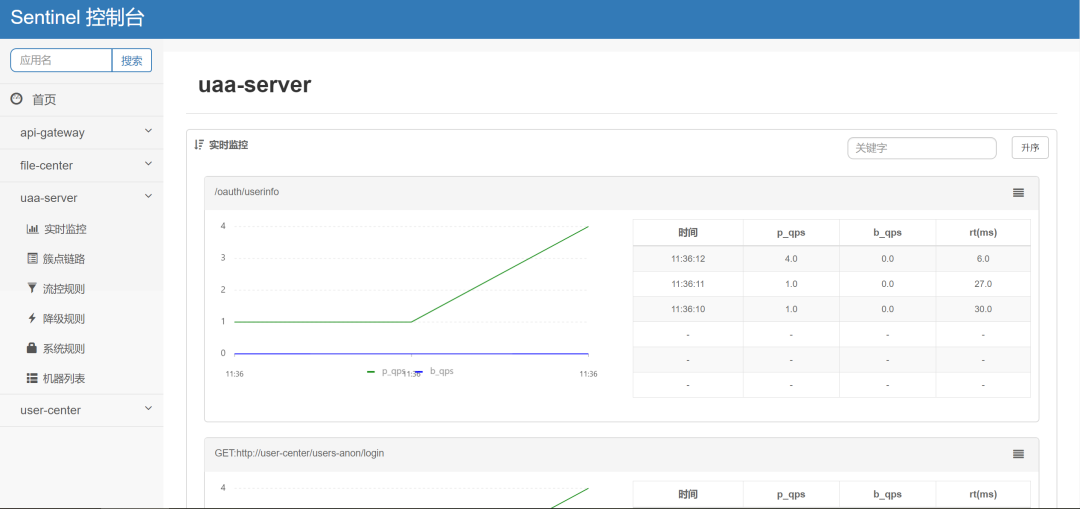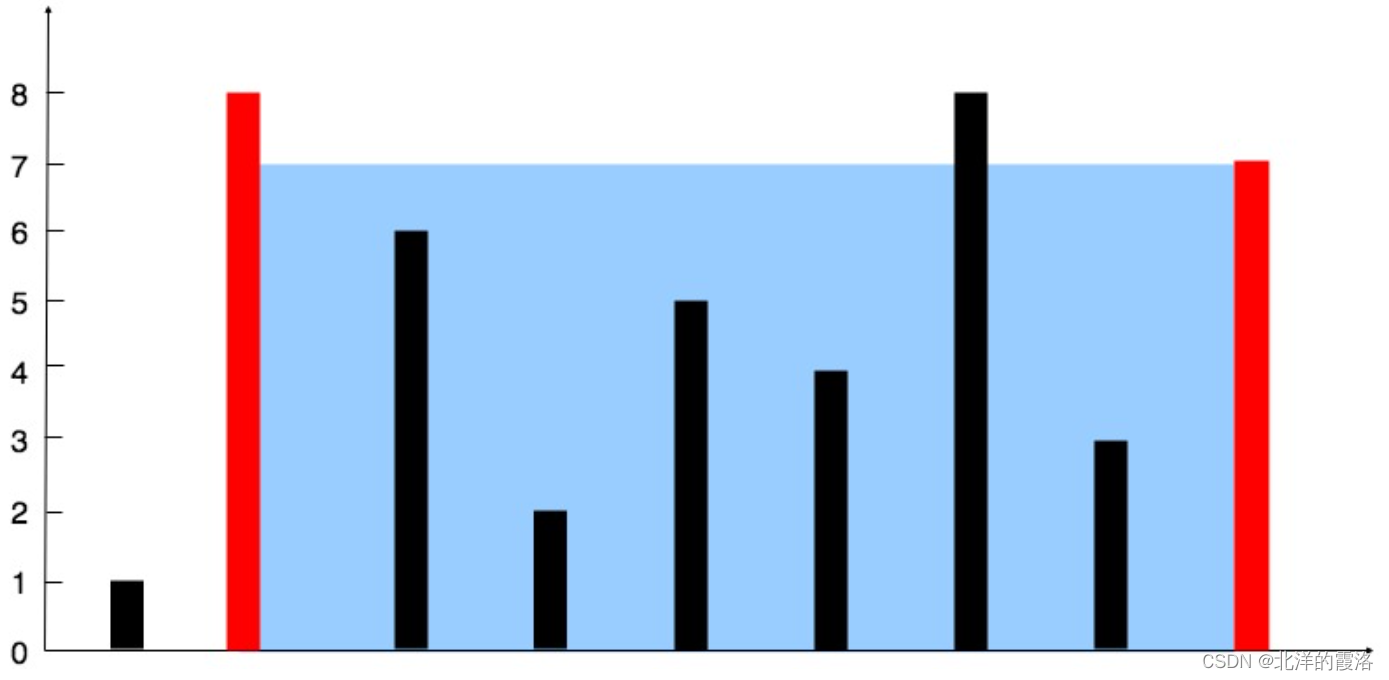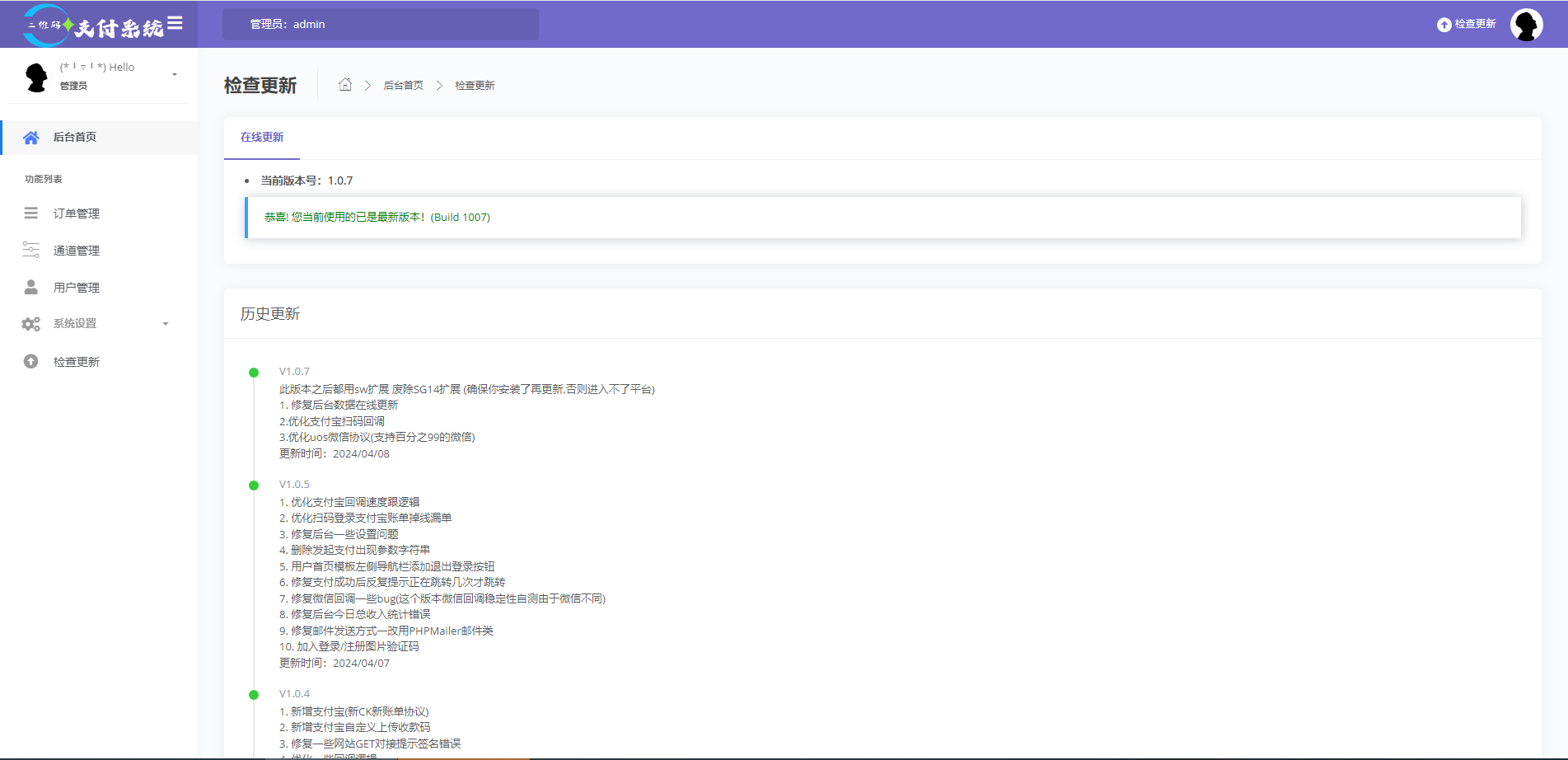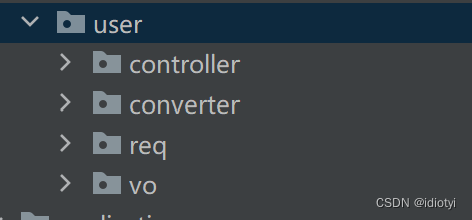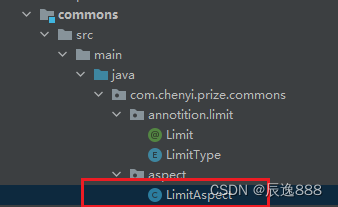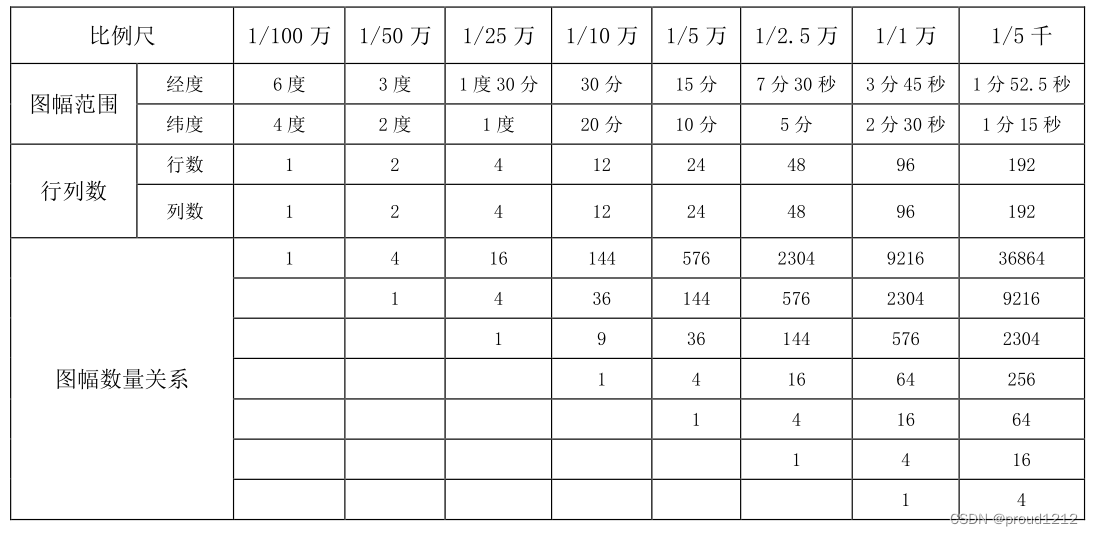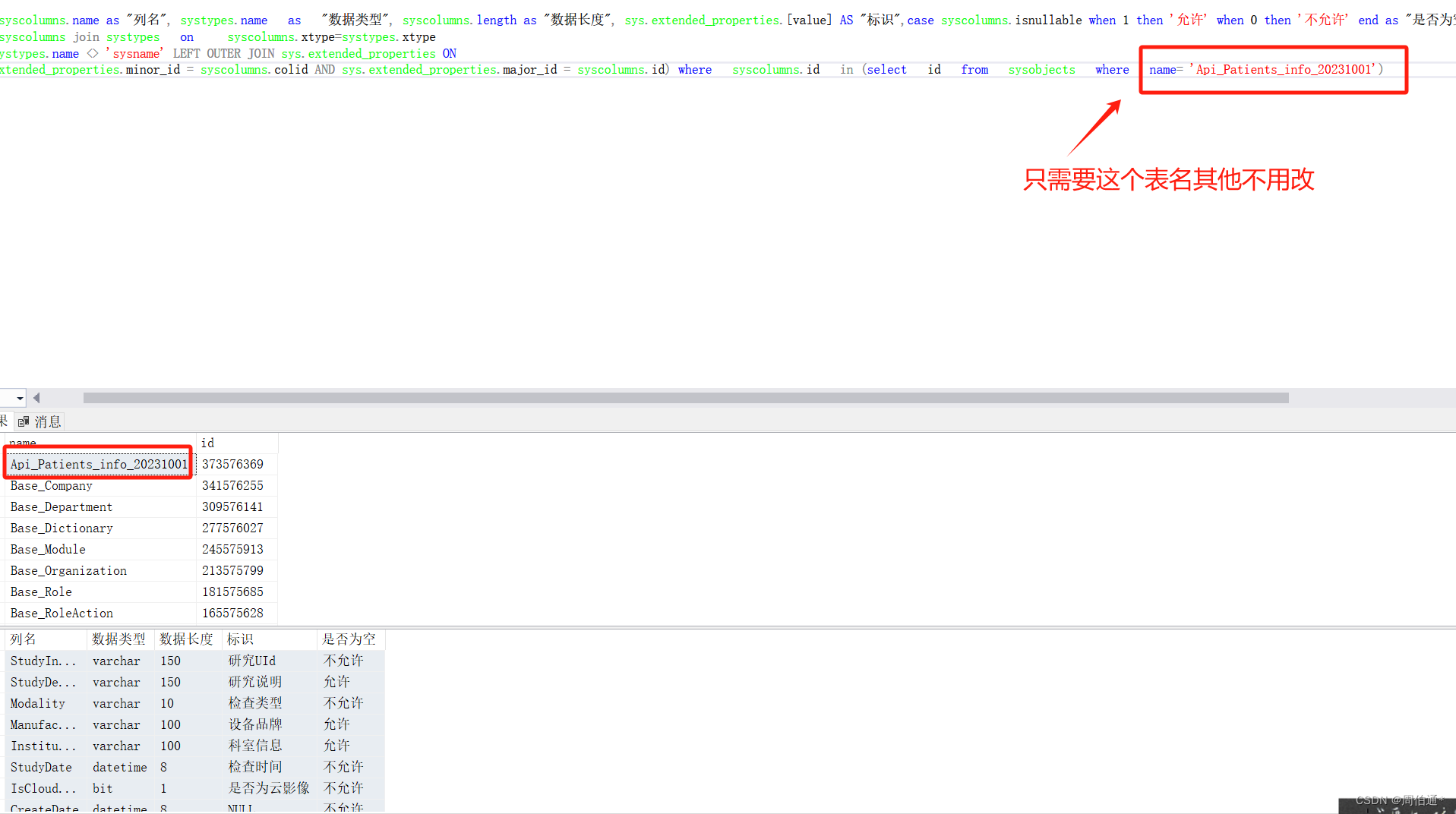大家都感兴趣的箭头函数
箭头函数在许多场景中都可以发挥作用,尤其适用于简化函数声明和提高代码的可读性。以下是箭头函数可以使用的一些常见方面:
- (1)回调函数: 箭头函数特别适合作为回调函数,例如在事件处理器、定时器或异步操作中使用。它们简洁而清晰地表达了函数的意图。
// 事件处理器
button.addEventListener('click', () => {
console.log('Button clicked');
});
// 定时器
setTimeout(() => {
console.log('Timer expired');
}, 1000);
// 异步操作
fetch('https://api.example.com/data')
.then(response => response.json())
.then(data => console.log(data))
.catch(error => console.error('Error fetching data:', error));
(2)数组操作方法: 在数组操作方法(如 map、filter、reduce 等)中使用箭头函数可以使代码更简洁、易读
const numbers = [1, 2, 3, 4];
// 使用箭头函数进行数组映射
const doubled = numbers.map(num => num * 2);
// 使用箭头函数进行数组过滤
const evenNumbers = numbers.filter(num => num % 2 === 0);
// 使用箭头函数进行数组累加
const sum = numbers.reduce((acc, curr) => acc + curr, 0);
(3)简单的单行函数: 当函数体只有一行表达式时,箭头函数可以使代码更简洁。
示例:
// 传统函数
const square = function(x) {
return x * x;
};
// 箭头函数
const square = x => x * x;
(4)对象方法: 在对象字面量中使用箭头函数可以确保函数内部的 this 始终指向对象本身,而不是调用时的上下文。
示例:
const calculator = {
value: 0,
add: function(num) {
this.value += num;
},
// 使用箭头函数确保 `this` 指向 `calculator`
subtract: (num) => {
this.value -= num; // 这里的 `this` 指向全局对象,而不是 `calculator`
}
};

